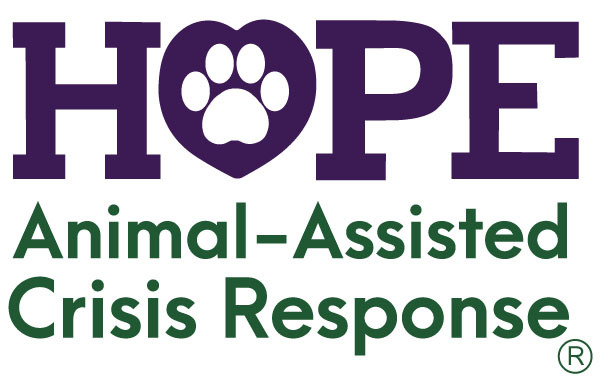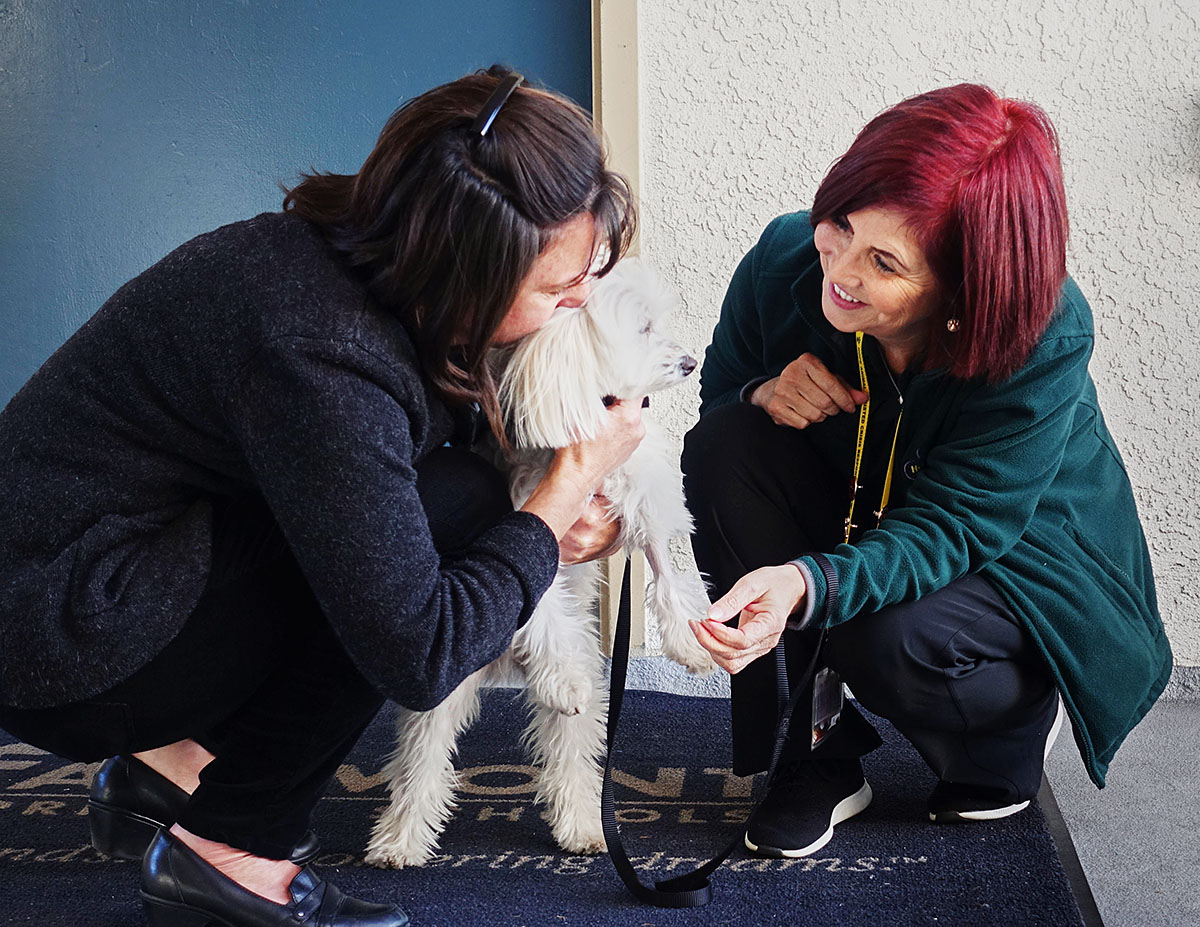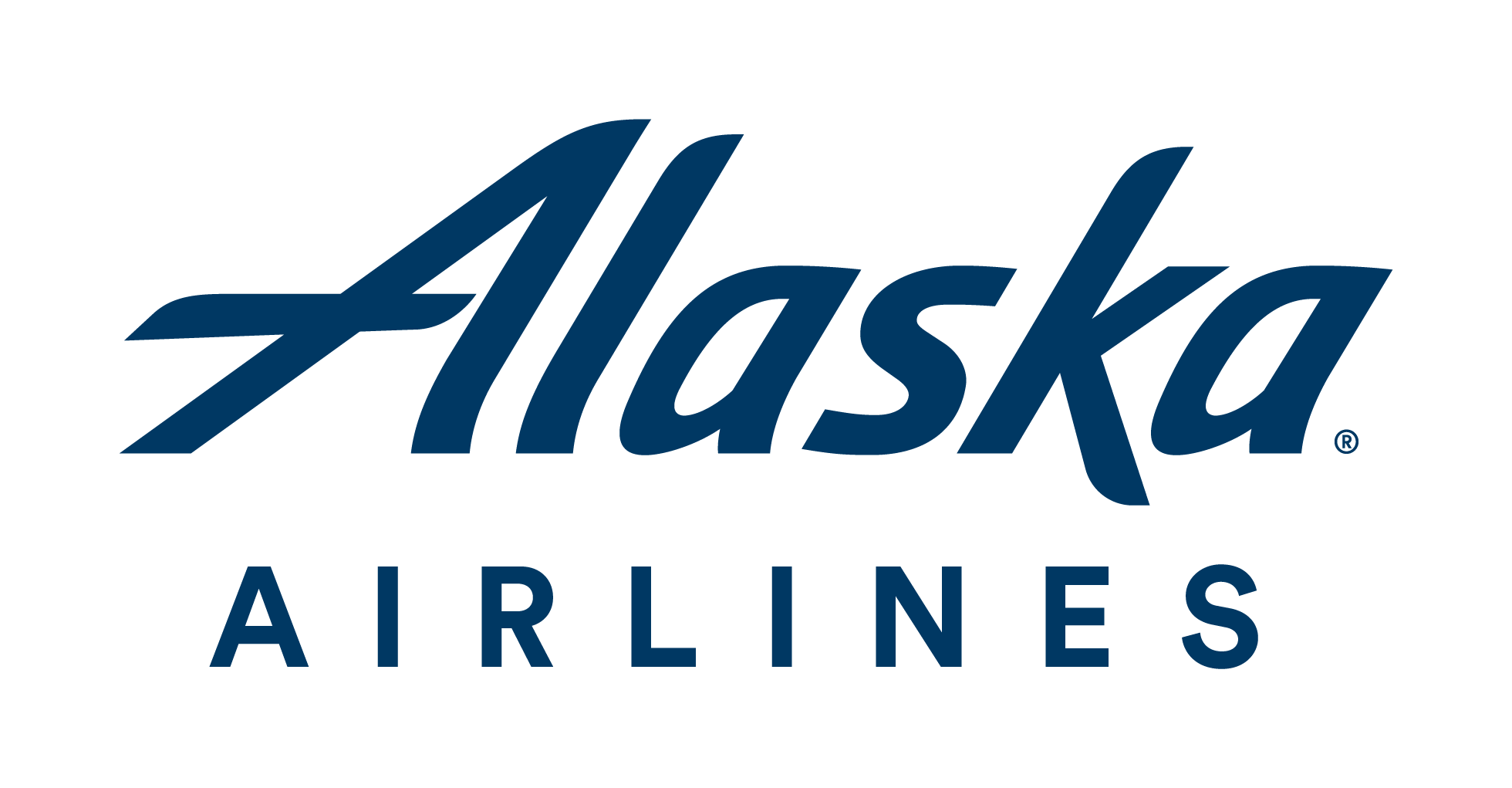Please see our Calendar for information about when an open house, screening, and workshop may be held in your area. If you are interested in joining HOPE AACR, learn more about becoming a member of HOPE.
- What is Animal-Assisted Activities/Therapy?
- What is Animal-Assisted Crisis Response?
- What are the differences between AAA/T & AACR?
- How is HOPE AACR different from other AAA/T organizations?
- Why is it important to have AAA/T experience before getting involved in AACR?
- Should a team participate in AACR without specialized training?
- Will my dog and I make a good AACR team?
What is Animal-Assisted Activities/Therapy?
Animal-Assisted Activities or Animal-Assisted Therapy (AAA/T) is delivered by a team, consisting of a trained handler and animal. Together, teams provide companionship, comfort, socialization, mental stimulation, and appropriate physical touch to people in need.
When teams visit hospitals, schools, long-term care and other such facilities they usually are meeting and greeting people. There are no goals set, other than to give people an opportunity to interact with the animal. As such, this is called Animal-Assisted Activities (AAA).
In some cases a team may work with a professional who directs the team in their interactions with an individual. Specific goals are set for the client, and progress towards those goals are monitored. This kind of interactions is called Animal-Assisted Therapy (AAT).
In all cases, AAA/T teams work on a scheduled basis, in settings that are usually predictable and familiar. Most AAA/T visits last from thirty minutes to two hours. The benefits of AAA/T are well known and documented, and many health care professionals recognize these benefits. AAA/T is open to many kinds of domestic animals.
What is Animal-Assisted Crisis Response?
AACR is a unique kind of Animal-Assisted Intervention. Teams must be experienced in AAA/T first before working in AACR. Teams are screened and trained to respond in more intense emotional and environmental situations than usually encountered in AAA/T work. Crisis response may involve the team working directly under the guidance of mental health professionals.
HOPE AACR certified teams are required to go through specialized training such as: crisis intervention skills (emotional first aid), animal behavior and stress management, critical incident stress management, incident command system training, first aid and CPR, and pet first aid, to name a few. (click here to see the AACR National Standards)
In addition, crisis response teams desensitize their dogs to common sights, sounds, and smells they may encounter at a crisis scenes. Crisis response work is appropriate for dogs only, which is mainly due to societal norms. It’s common for people to see service dogs or working dogs in public places.
What are the differences between AAA/T & AACR?
| Pet Therapy (AAA/T) | Crisis Response (AACR) |
| Pet therapy requires some training before a person and their pet can safely volunteer in AAA/T. Teams should be evaluated by a licensed evaluator before participating in this activity. | AACR teams should have at least one year experience before attempting to qualify for AACR. Experienced AAA/T teams must be screened and then receive comprehensive training. Training must target skills required to safely participate in AACR. |
| AAA/T visits are usually appropriate for animals such as dogs, cats, rabbits, birds, and a few other domestic animals. | Crisis response work is suitable for dogs only. Dogs are generally accepted in American society as “helpers of man” and as such, having crisis response dogs at crisis scenes is generally accepted. |
| Visits are typically scheduled in advance. | Call-outs come without much warning. |
| Travel to and from an AAA/T visits are usually by a familiar means, such as the family car. | Travel to crisis scenes may be by car, bus, airplane, train, boat, or even Emergency Response Vehicle. |
| Most visits are routine and predictable. Visits are usually in facilities we and our dogs grow accustomed to. | Crisis scenes may be chaotic and unpredictable. Scenes may have loud sounds, bad odors, and may be visually difficult. |
| Visits are usually calm with a few exceptions such as emergency rooms. AAA/T teams may encounter people expressing emotions, stress, trauma and grief. | Crisis scenes, by their nature, are not predictable. Teams are likely to encounter people expressing intense emotions, stress, trauma and grief. |
| Help is usually available from facility staff, if needed. Places you might visit are usually very safe. | Crisis response teams must be self-sufficient so as to not become victims themselves, or burden responders. |
| Half hour to two hour visits are typical for most AAA/T visits. Stress is typically not a problem, but a handler should be aware their dog’s stress signs, and their own. | Call-outs may last from an hour to several days. Breaks must be taken frequently. Teams must be careful to recognize and respond to stress in their dog and themselves. |
| Visits can be done alone safely. Teams need to be aware of their surroundings to remain safe. Teams must be aware of, and practice hygiene protocols. | Call-outs are usually done with other teams for safety reasons. The welfare of our canine partner and other teams is critical. Crisis response teams must be aware of all manner of safety issues when working on a call-out. |
| Visits are usually not physically demanding for the handler or animal. Visits are usually indoors. | Call-outs may be very physically demanding, requiring teams to walk distances, remain on their feet for long periods, and work outside. |
| Start-up costs incurred by most AAA/T teams are typically under $150. Annual expenses are low with the most variability related to travel expenses. | Start-up costs for AACR teams is about $500. This estimate covers expenses related to screening, training, and uniforms/equipment. Fixed annual expenses are $65 for membership fees. Other annual expenses vary, depending on travel expenses. |
What makes HOPE different?
- Our screening process is designed to evaluate experienced AAA/T teams who might be ready for AACR training.
- Screening alone does not qualify a team for AACR. Therefore, our three day certification training workshop is designed to further identify teams that are ready for crisis response work.
- Training is comprehensive and is taught by qualified professionals in each field necessary to prepare teams for AACR.
- If a team passes the certification training workshop, they will begin their career in AACR, being mentored by experienced teams.
- Continuing education, emergency response drills, and on-going canine training contribute to keeping HOPE AACR teams at the highest state of readiness.
- All canine teams are experienced and must remain active in AAA/T programs.
- Many teams are affiliated with emergency response organizations such as: Red Cross, CERT, and other disaster agencies.
- The operational structure of HOPE AACR is configured to help certified teams be successful during a call-out by providing Team Leaders, Group Leaders, and Agency Representatives. This structure insures teams are supported as they provide comfort and support to people affected by crises and disasters.
- HOPE AACR is structured to provide nothing but AACR services, free of charge. Our entire organization is comprised of volunteers. No one in the HOPE organization receives compensation, of any kind.
Why is it important to have AAA/T experience before getting involved in AACR?
AAA/T experience may help to prepare a team for AACR work. The experiences an AAA/T may have while making visits will help “season” the handler and dog. Without this experience, a handler and dog may be overwhelmed in a crisis situation, doing more harm than good. It’s highly recommended that AAA/T teams visit in all kinds of environments BEFORE attending a HOPE AACR screening. Teams that visit calm, predictable environments only may not be prepared for the kinds of environments encountered on call-outs.
Should a team participate in AACR without specialized training?
This not recommended! Without specific AACR training, a team may be ill prepared for the rigors of a crisis scene. People traumatized by a crisis or disaster can be adversely affected by a team who hasn’t been trained and evaluated for AACR knowledge and skills. To be prepared, HOPE teams practice their skills regularly. Continuing education is a cornerstone of what makes HOPE AACR different. We understand the desire of AAA/T teams to help when a crisis or disaster strikes, but without AACR training, they risk injury to those they want to help, injury to responders, and even themselves and their dogs. It’s important to note that there are times when we cannot respond, for safety reasons, even though we want to.
Will my dog and I make a good AACR team?
This is a difficult question to answer. AACR is very different from AAA/T. Teams that do well in AAA/T may make good AACR teams. However, we do find that some teams, no matter how competent they are in AAA/T find that AACR is not a good fit for them. We do encourage you to learn as much as you can about HOPE AACR before making a decision, one way or the other.




